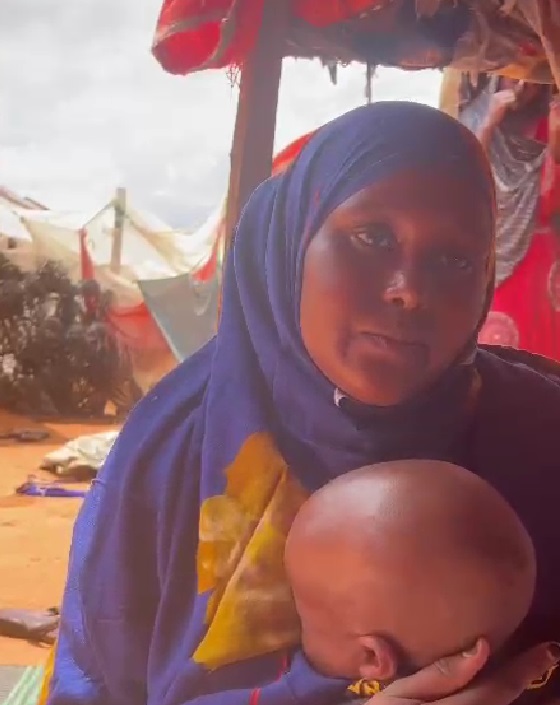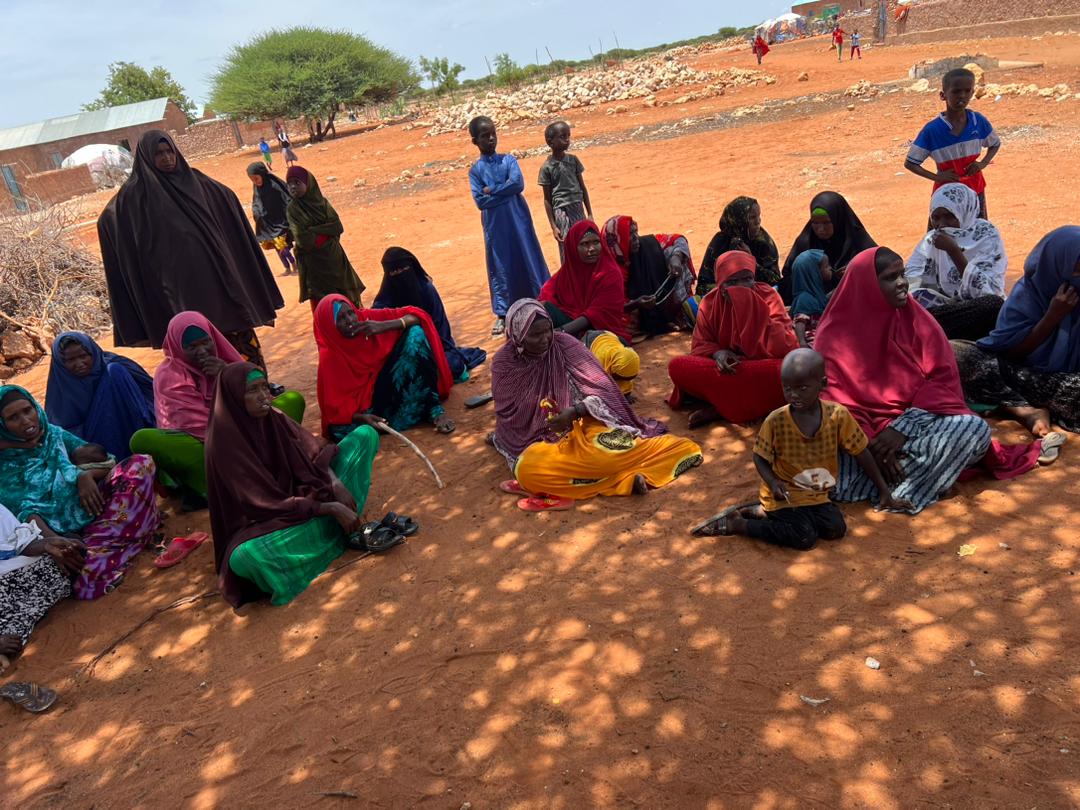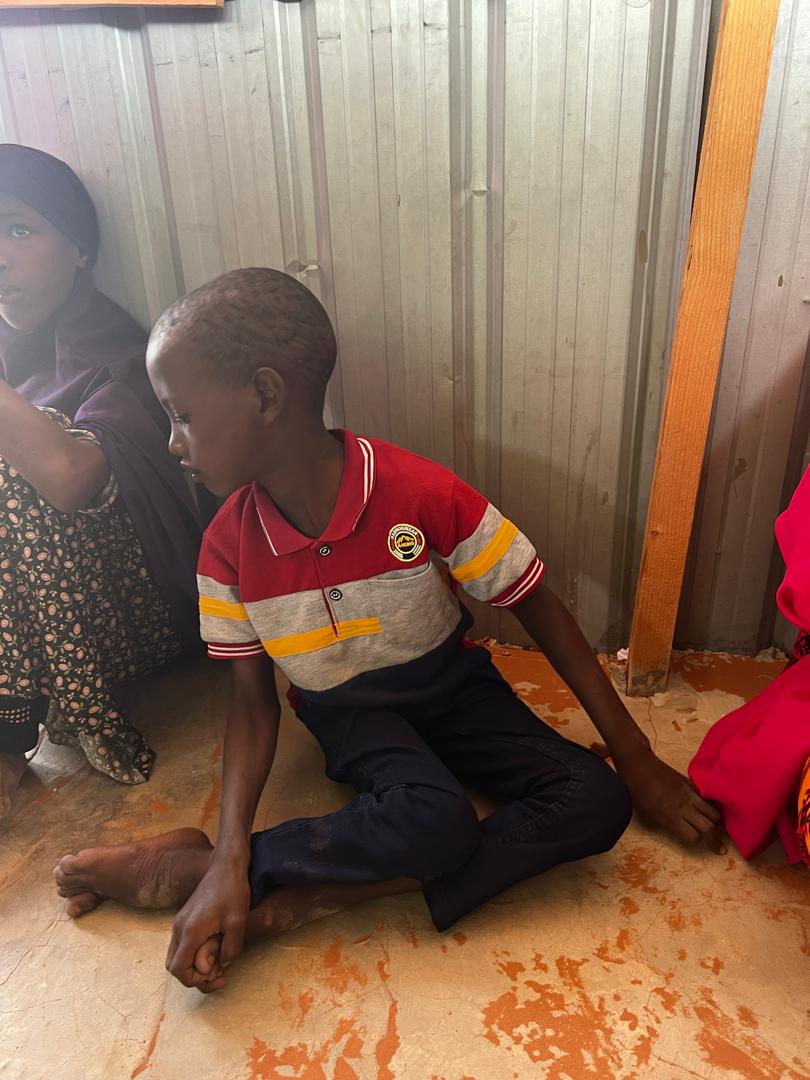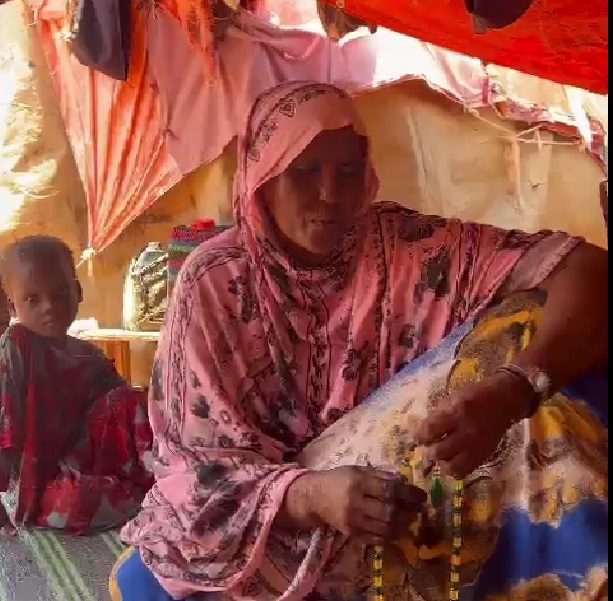After visiting Adaado IDPs for drought and conflict impact assessment and recording GBV cases, women and children are the most vulnerable which leads to poverty.
In recent years, the world has made remarkable strides advancing development. Yet hundreds of millions of people still live in extreme poverty. Children are disproportionately affected. Despite comprising one third of the global population, they represent half of those struggling to survive on less than $2.15 a day. An estimated 333 million children live in extreme poverty (WorldPS2012).
Children who grow up impoverished often lack the food, sanitation, shelter, health care and education they need to survive and thrive. Across the world, about 1 billion children are “multidimensionally” poor, meaning they lack necessities as basic as nutritious food or clean water.
The consequences are grave. Worldwide, the poorest children are twice as likely to die in childhood than their wealthier peers. For those growing up through humanitarian emergencies, the risks of deprivation and exclusion surge. Compounding crises – from the impacts of climate-related disasters, conflicts and COVID-19 – have stalled progress for the most vulnerable children. Even in the world’s richest countries, one in seven children still live in poverty (WorldPS2012).




